
The clavichord is a stringed rectangular keyboard instrument that was used largely in the Late Middle Ages, through the Renaissance, Baroque and Classical eras. Historically, it was mostly used as a practice instrument and as an aid to composition, not being loud enough for larger performances. The clavichord produces sound by striking brass or iron strings with small metal blades called tangents. Vibrations are transmitted through the bridge(s) to the soundboard.

Carl Philipp Emanuel Bach, also formerly spelled Karl Philipp Emmanuel Bach, and commonly abbreviated C. P. E. Bach, was a German Baroque and Classical period composer and musician, the fifth child and second surviving son of Johann Sebastian Bach and Maria Barbara Bach.
Ralph Leonard Kirkpatrick was an American harpsichordist and musicologist, widely known for his chronological catalog of Domenico Scarlatti's keyboard sonatas as well as for his performances and recordings.

Gustav Maria Leonhardt was a Dutch keyboardist, conductor, musicologist, teacher and editor. He was a leading figure in the historically informed performance movement to perform music on period instruments.
Zuzana Růžičková was a Czech harpsichordist. An interpreter of classical and baroque music, Růžičková was the first harpsichordist to record Johann Sebastian Bach's complete works for keyboard, in recordings made in the 1960s and 1970s for Erato Records.
This is a list of commercial or professional recordings of Johann Sebastian Bach's Goldberg Variations, organized chronologically. The list is sortable by clicking on the small arrows at the top of each column.
Igor Kipnis was a German-born American harpsichordist, pianist and conductor.

Christophe Rousset is a French harpsichordist and conductor, who specializes in the performance of Baroque music on period instruments. He is also a musicologist, particularly of opera and European music of the 17th and 18th centuries and is the founder of the French music ensemble Les Talens Lyriques.
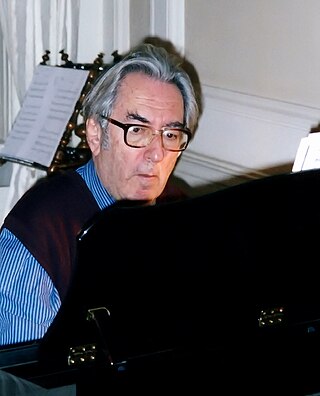
János Sebestyén was a Hungarian organist, harpsichordist, pianist and journalist.
Colin Tilney is a harpsichordist, fortepianist and teacher.
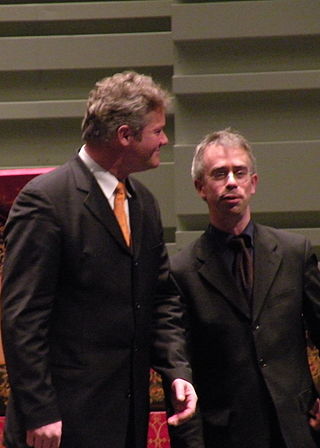
Pierre Hantaï is a French harpsichordist and conductor.
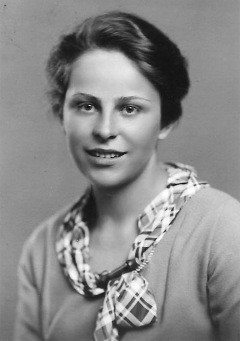
Isolde Ahlgrimm was an Austrian harpsichordist and fortepianist. In 1975 she was awarded the Austrian Gold Medal.
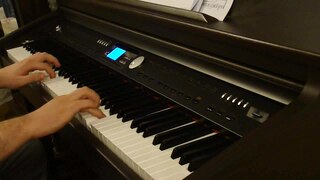
The Minuets in G major and G minor, BWV Anh. 114 and 115, are a pair of movements from a suite for harpsichord by Christian Petzold, which, through their appearance in the 1725 Notebook for Anna Magdalena Bach, used to be attributed to Johann Sebastian Bach. These minuets, which are suitable for beginners on the piano, are among the best known pieces of music literature. The 1965 pop song "A Lover's Concerto", of which millions of copies were sold, is based on the first of these Minuets.

Viktor Kalabis was a Czech composer, music editor, musicologist, and husband of harpsichordist Zuzana Růžičková.

The Well-Tempered Clavier, BWV 846–893, consists of two sets of preludes and fugues in all 24 major and minor keys for keyboard by Johann Sebastian Bach. In the composer's time clavier referred to a variety of keyboard instruments, namely the harpsichord, the clavichord and the organ, but not excluding the regal and the then newly-invented fortepiano.

Mahan Esfahani is an Iranian-American harpsichordist.
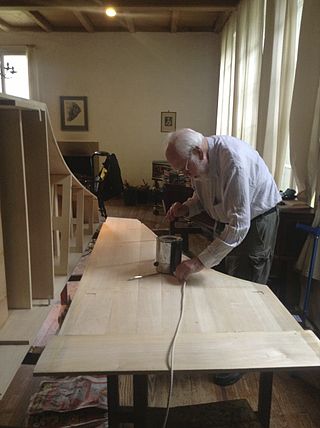
(Franz Hermann) Martin Skowroneck was a German harpsichord builder, one of the pioneers of the modern movement of harpsichord construction on historical principles.
Johann Sebastian Bach's music has been performed by musicians of his own time, and in the second half of the eighteenth century by his sons and students, and by the next generations of musicians and composers such as the young Beethoven. Felix Mendelssohn renewed the attention for Bach's music by his performances in the 19th century. In the 20th century Bach's music was performed and recorded by artists specializing in the music of the composer, such as Albert Schweitzer, Helmut Walcha and Karl Richter. With the advent of the historically informed performance practice Bach's music was prominently featured by artists such as Nikolaus Harnoncourt, Gustav Leonhardt and Sigiswald Kuijken.
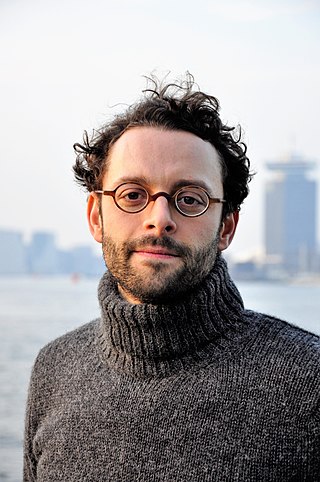
Benjamin Alard is a French classical organist, harpsichordist and clavichordist.
Céline Frisch is a French harpsichordist.














